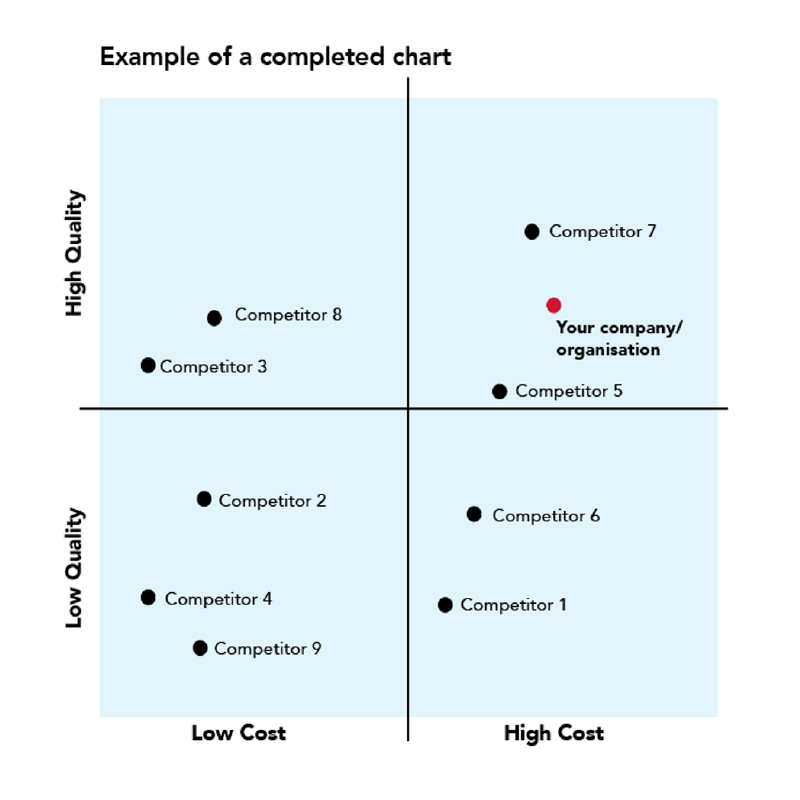For the purpose of this article we’ll borrow from the 17th century English poet John Donne’s “no man is an island” to discuss postioning of a brand or business.
Sectors and the industries they cover are complicated, intricate and inter-dependant. It’s important to have a clear understanding of how they are structured in order for a brand to define its general position in society and in the minds of its audiences. This is a first step in positioning before tackling the issue of brand position in relation to direct competitors and non-competing brands, products or services.
Whilst sector classification is not usually the first thing one considers when coming up with an idea for a new business, it is nevertheless useful to be aware of because it helps to set out the general landscape and the potential wider links or influences that may have an impact on success of the business and brand going forward.
Sectors are generally defined as Primary, Secondary, Tertiary, Quaternary and Quinary. A classification that denotes an implied priority of importance of the needs of society at large.
The details of the general activities that fall within each of the sector classifications are:
Primary Sector industries (Raw materials)
- The extraction of raw materials, mining
- Agriculture – crops, livestock, fishing and forestry
Secondary Sector industries (Finished goods)
- Manufacturing
- Utilities – electricity, gas, water
- Construction
Tertiary Sector industries (Service sector)
- Retail activities
- Financial services
- Communications/Telecoms
- Hospitality/Leisure
- Real estate
- Information technology
- Human resources – recruitment
Quaternary Sector industries (Intellectual activities)
- Education
- Public sector
- Research and development
Quinary Sector industries (Society and economy)
- Government & public services
- Healthcare
- Culture/media
- Non-profit/charity
Positioning in relation to direct competitors
Positioning your business/brand in relation to your chosen industry is focussed much more on the values and purpose behind the brand and on identifying the key points of difference between your business/brand and that of your competitors.
These points of difference should be expressed in ways that connect to the needs of the audiences you’re targeting as they will not only define your position in relation to competing brands in the minds of your target audiences, they will ultimately be the drivers for successful engagement and sales to those audiences.
The simplest form of positioning at this level is to take ‘cost’ and ‘quality’ as the parameters of an audience need and use this to plot the position of your product or service in relation to competing products or services.

Other positioning maps may pick up on any of the values, beliefs or needs that may be specific to your target audience/s and which you want them to associate with your brand.
These can cover any aspect of the values, USP’s, tone of voice, etc. that make up your brand persona or which you attach to a specific product or service.
They key focus for whichever parameters are chosen should be “What will make someone choose my brand, product or service over that of a competitor’s?”
The benefit of this deeper set of positioning maps for your brand is the ability to build a more complete ‘lifestyle’ profile for a target audience that covers a number of different ‘purchasing triggers’ with your audience/s. It can also help define opportunities for where and how you place your brand in your target audiences’ environment. This can encompasses what they aspire to; reflecting their value choices; where they shop, and; what other products or services they buy and which define their own individual personalities.



